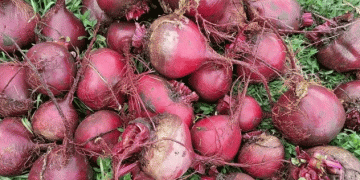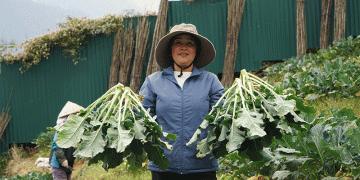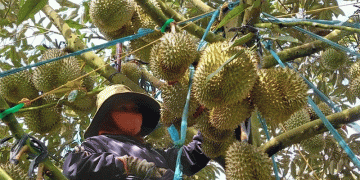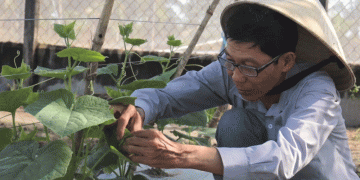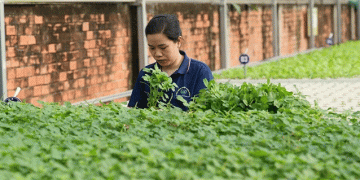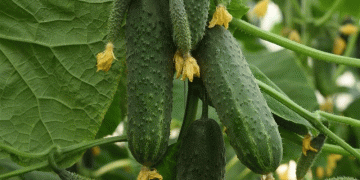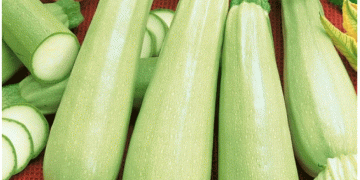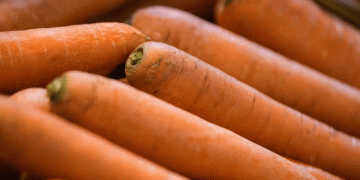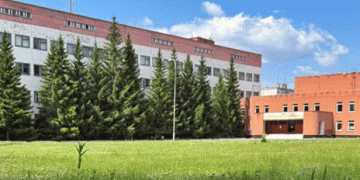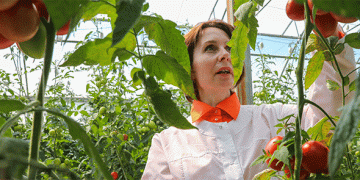A report of a 1.6-kilogram beetroot harvested by a gardener in the Muchkapsky district of Tambov Oblast has captured public attention for its unusual size. While such a specimen is a remarkable outlier for a backyard garden, for agricultural professionals, it presents a fascinating opportunity to dissect the extreme confluence of factors that can lead to such atypical growth, moving beyond the gardener’s simple explanation of “favorable weather.”
Genetics vs. Environment: Pushing the Limits of a Variety
The mentioned variety, ‘Bardo’, is a popular mid-early cultivar known for its consistent, uniform growth and excellent storage qualities. However, its typical commercial profile is vastly different from this giant. Standard seed specifications and agronomic guides, such as those from the International Seed Federation, list the expected mature weight for ‘Bardo’ at 250-500 grams, with the upper end achieved under ideal commercial conditions.
A root achieving 1.6 kg—over three times its expected maximum weight—indicates that genetic potential was massively exceeded. This suggests that the plant did not receive the standard environmental or managerial cues that trigger the shift from vegetative growth (leaf and root mass accumulation) to ripening and sugar storage. It essentially remained in a prolonged state of juvenile growth.
Deconstructing the “Favorable Conditions”
While the gardener cited moist weather, several other factors unique to a backyard setting likely contributed to this anomaly:
- Low Plant Density: In a garden, a single plant may enjoy a much larger soil volume and non-competitive access to light, water, and nutrients compared to a high-density commercial field.
- Unconstrained Root Growth: The soil in a raised bed or deeply worked garden plot is often looser and less compacted than field soil, allowing for unimpeded root expansion without the physical constraints that can limit size.
- Nutrient Availability: A localized application of organic matter or fertilizer, without competition from neighboring plants, can provide a sustained nutrient supply that far exceeds standard field application rates.
- Extended Growing Season: A home gardener may plant earlier or harvest later than a commercial operation, which is bound by schedules for field rotation and equipment use.
Relevance to Commercial Agriculture: A Novelty, Not a Model
For commercial growers targeting yield per hectare, not per plant, this case is a novelty rather than a model. Pursuing such extreme individual size is counterproductive. It often comes at the cost of:
- Poor Quality: Oversized roots can be fibrous, less sweet, and prone to internal cracking or zoning (alternating rings of tough and soft tissue).
- Inconsistent Sizing: The market demands uniformity for mechanical processing and packaging. A field of giant, variable-sized beets would be a logistical and commercial nightmare.
- Inefficient Land Use: Low plant density to achieve giant sizes would drastically reduce overall tonnage and profitability per hectare.
The 1.6 kg beetroot from Tambov is a impressive testament to what is biologically possible when the standard limiting factors of commercial production are removed. It highlights the incredible, often untapped, genetic plasticity of root crops. However, for agronomists and farmers, the key takeaway is not to replicate this size but to understand the principles behind it: optimizing soil health, managing plant available water, and ensuring balanced nutrition to push average yields closer to the known genetic potential of the crop across the entire field. The goal remains achieving a high, uniform, and marketable yield, not creating record-breaking individual specimens. This anomaly serves as a reminder that beneath our feet, plants still hold potential that we are only beginning to fully understand and harness efficiently at scale.
